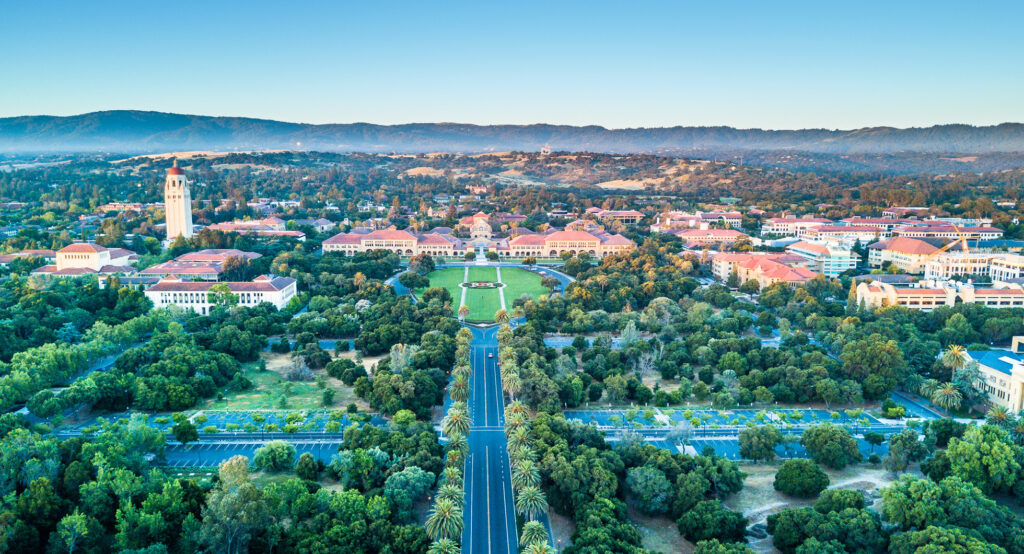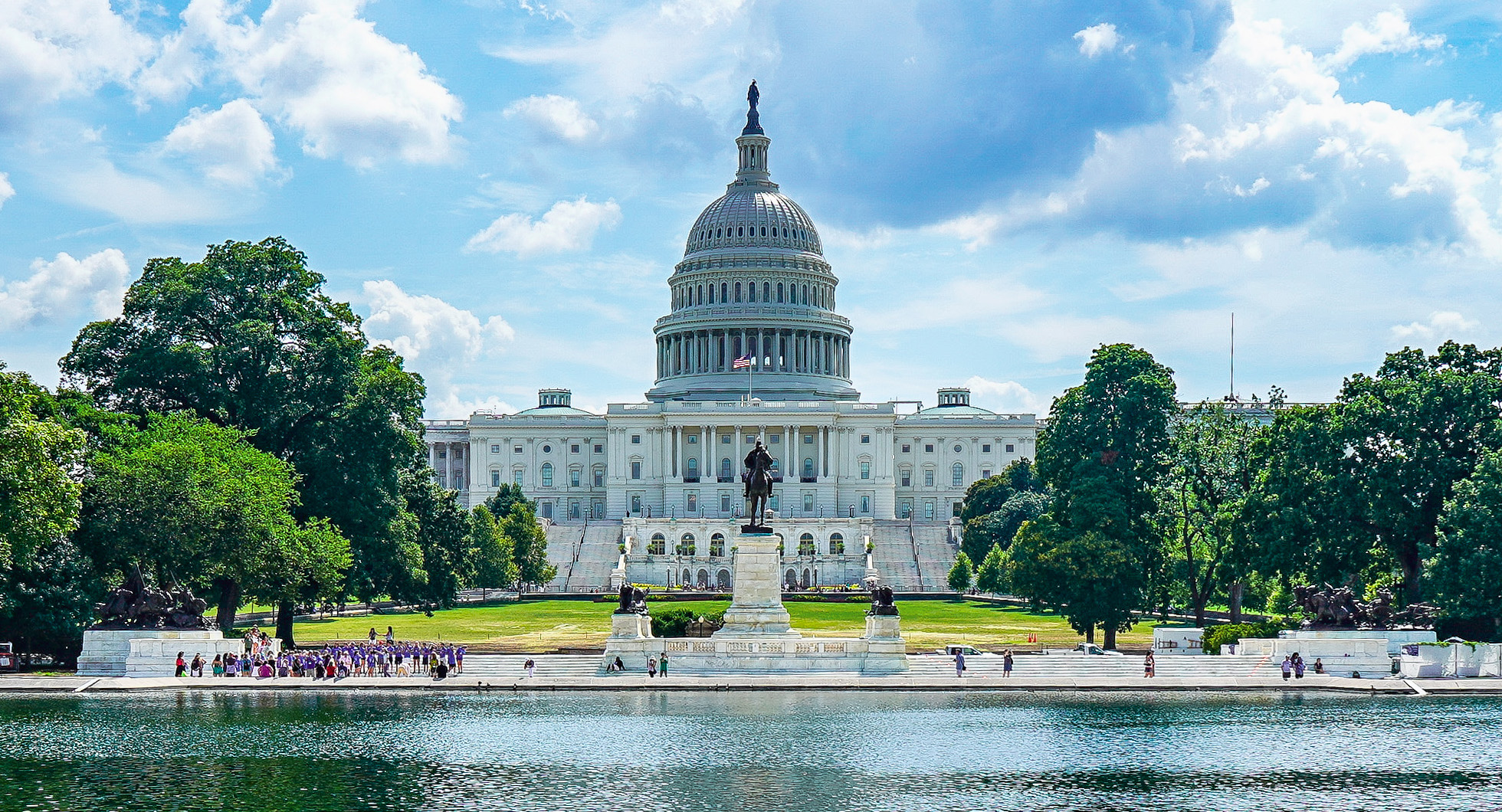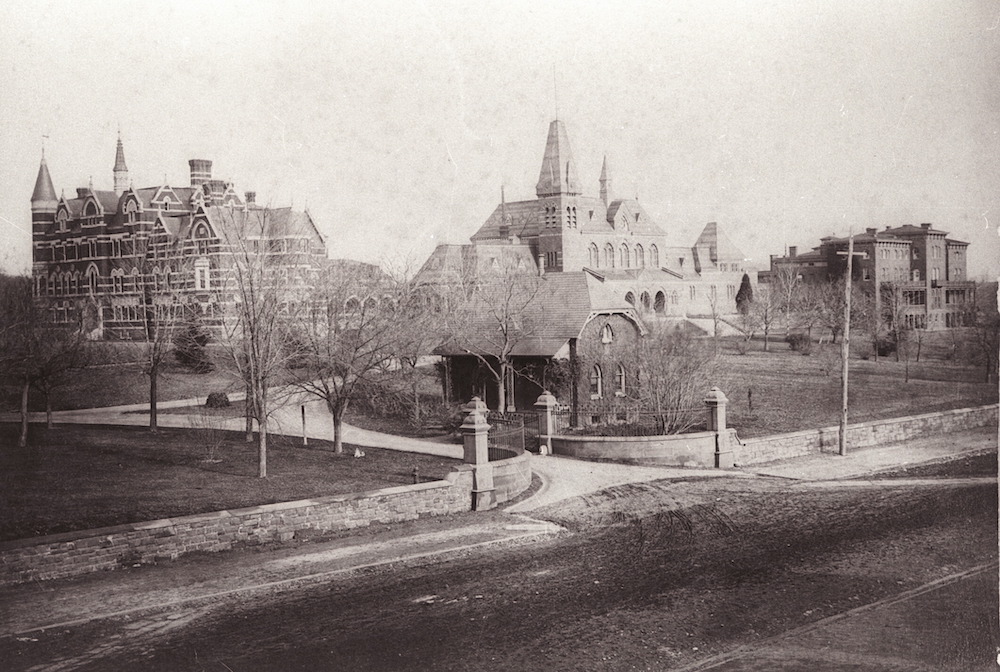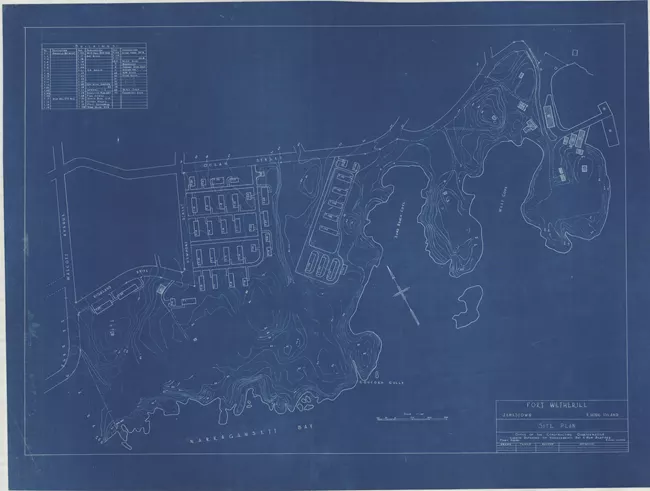
The large number of entries in the category of school campuses, which encompasses locations in many places in the United States and Canada, testifies to the importance of educational clients to the success of the Olmsted firm. It also reflects the ever increasing importance that education came to occupy in American life after the Civil War. Frederick Law Olmsted was of a generation of social thinkers who gave credence to the notion that the physical environment of learning—buildings and grounds—played a significant role in the success of education. Olmsted had planned campuses for new universities, notably Cornell University and Stanford University; his successors carried on and expanded this sphere of landscape architecture. The names of many well-known colleges and universities, such as Wellesley College, Johns Hopkins University and Princeton University, highlight the list of commissions from institutions of higher education. Together with many private and public universities, the Master List includes public elementary schools and secondary schools, religious and private schools, private preparatory schools, normal schools, liberal arts colleges, women’s colleges and agricultural colleges. The bulk of the projects in this category date from the first three decades of the twentieth century, the time during which John Charles Olmsted and Frederick Law Olmsted Jr. guided the firm.
As is the case in other thematic project categories, many of the school campus projects have a job number but this Master List shows no associated plans. This does not necessarily mean that the firm did not take on design work for these clients. For example, Gallaudet College (the present Gallaudet University) in Washington, D.C., was an important Olmsted project. Researchers are also advised to consult the thematic category Grounds of Residential Institutions, which includes some educational clients.











